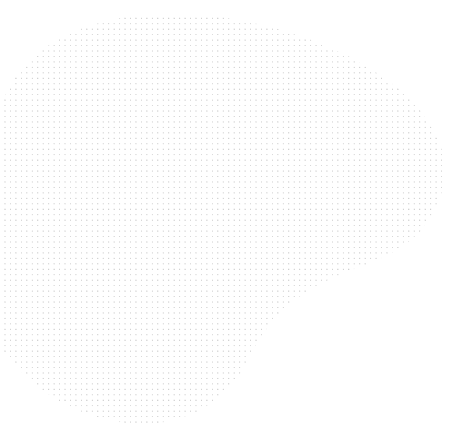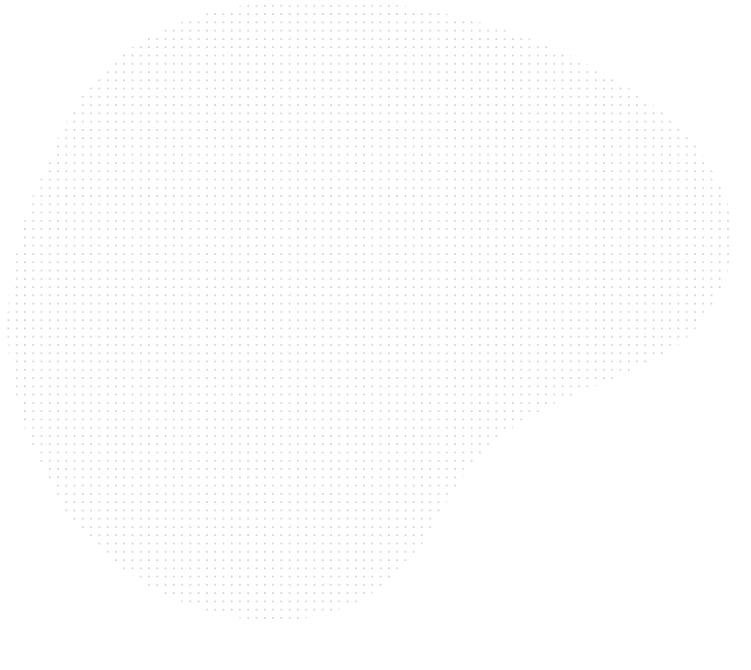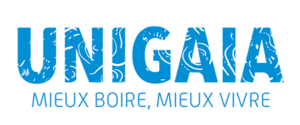
1) Install 03 ultrafiltration drinking water production units with a unit capacity of 3,000 liters/day and 01 reverse osmosis unit with a unit capacity of 1,000 liters/day.
2) Install water points with taps at the school, the health center and the 04 hamlets making up the village.
3)Ensure water treatment and quality control using 02 tara water analysis kits supplied.
4) Build 06 homogeneous blocks of modern latrines with 04 doors (02 for men and 02 for women).
5) install hand-washing sinks in latrine blocks
See the presentation material- Intervention theme
-
- Water - EHA
- Environment
- Area of intervention
-
- Benin
- Village of Sokomey, arrondissement of Houédo Adékon
- Skills required
-
- Search for funding
- Logistics
- Type of partnership
-
- Co-construction
- Sponsorship
- Financing
- In search of funding
The village of Sokomey is part of the arrondissement of Houédo Aguekon, one of the most densely populated in the commune of Sô Ava in southern Benin. Located in a semi-lacustrine zone with a savannah climate and abundant rainfall, the village backs onto Lake Nokoué and is surrounded to the north by farmland suitable for rain-fed agriculture (lowlands and swamps suitable for market gardening). Fishing, livestock breeding and farming occupy a large part of the population.
Sokomey is considered a "big" village with a population of around 5,000 (2022 estimate), of which 49% are women. It is surrounded by three villages of similar size: Ganviécomey, Gbégodo and Domèguédji.
The village of Sokomey is made up of four hamlets called "Modokomey", "Lokokomey", "Adissi" and "Sokomey". Its health and education infrastructures are essentially as follows:
- A health center
The district-level health center comprises a dispensary and a maternity ward. Each department is staffed by three (03) orderlies. It has a vaccination service and a pharmacy. It sees an average of 65 patients a day. The most frequent illnesses are diarrhoea, mainly due to the consumption of contaminated water from the only borehole in the neighbouring village.
- An elementary school and a kindergarten
The elementary school comprises 3 permanent modules, each with 3 classrooms, with a total enrolment of 450 pupils (220 girls and 230 boys), plus around 100 children enrolled in the kindergarten.


During the diagnosis of the situation in Sokomey, the representatives of the population, who are still deeply affected by the experience of broken promises by certain "promoters", hope that such a project ["Water for Sokomey"] can become a reality for the happiness of the Sokomey village community. The final word from the women's group is worth pondering: "Honestly, these are very good ambitions, except that in this village we've become like Saint Thomas: we see before we believe. Many people have come to us with questions and promises, but they've never come back. If you can make these ambitions a reality,
it will be a great relief for the village..."; and he adds, "We also want to work, because when you're not involved, you're not too interested: because sometimes it's politics!
The Diagnosis carried out in the village of Sokomey highlighted a complex set of problems, essentially related to the serious water crisis and lack of sanitation, which have long blocked all horizons for a poor and helpless population.
All agree that "lack of water and sanitation" are the major problems keeping Sokomey in a high state of vulnerability, thereby increasing the poverty of its inhabitants. The reasons for the traumatic lack of water and the village's state of isolation, as well as the resulting consequences for the way of life in the town, are outlined below:
1) Water supply
Sokomey has no single source of clean drinking water. The villagers get their water from the neighboring village of Ganviécomey, which also serves other neighboring villages! This is the only borehole drilled by a priest for the surrounding villages! (Photo opposite). Later, the Sô Ava town council undertook to build standpipes with taps in Sokomey, supplied from a borehole in the neighboring village of Houédo-Gbadji. Unfortunately, this project has been at a standstill for over two years due to a pump failure. Today, this infrastructure has fallen into disuse.
The only water source in the village of Ganviécomey is often the scene of conflicts between the women who fetch the water. These women come and go in dugout canoes to fill 30-liter basins at a cost of 25 Fcfa for 150 litres.
Borehole water quality. The villagers consider the borehole water to be unsanitary, but they have no choice. Before drinking it, they let it settle for a day so that the residues settle to the bottom of the basins. This has been going on for a long time, as two foreign initiatives, noticing the contamination of the water, have provided the villagers with (i) Aquatabs tablets to prevent diarrhoea and intestinal disorders [American team] and (ii) filtering jerry cans stored near the borehole [Red Cross mission]. The filter cans were never really used. They were exposed to the sun and damaged
Rainwater harvesting and use. During the rainy season (April-July and September-October), households collect rainwater through the tin roofs of their homes for consumption. Occasionally, women also use the stagnant water from the excavations for their dishes and laundry.
2) Sanitation problems
The school and health center have no latrine blocks! The village has no public latrines either. Inhabitants defecate in the open air and in the lake, polluting the environment. All the people we spoke to expressed the lack of public latrines in the village as one of their major concerns. It should be noted that between 2006 and 2013, the Houédo Aguekon district saw the construction of several public latrines, in schools and health centers. But the village of Sokomey, despite its large population, has not been equipped with sanitary services!
3) Inadequate health services
The district health center, run by orderlies, is poorly resourced. The absence of a midwife at the dispensary is particularly keenly felt in the village. The center mainly deals with cases of diarrhea. Diarrhoea and vomiting are the main symptoms caused by the contaminated borehole water that brings patients to the dispensary. Otherwise, people don't feel the need to go to the health center if they don't have an infection caused by contaminated water! Our interlocutors deplore the situation of medical staff who refuse to settle in the village because of the problem of water quality. The same reason discourages teachers from staying in the village.
4) Enclavement of the village of Sokomey
The geographical position of the village of Sokomey, straddling a body of water in the form of an island deriving from Lake Nokoué and a vast agricultural territory (dry land), is not to its advantage, if we are to believe our interlocutors, who raise the problem of the obstruction of waterways by water hyacinth, on the one hand, and the implacability of muddy roads in the rainy season, on the other, which isolate the village and prevent people from coming to the village and any exchange activities between villages. Transport by dugout canoe has become prohibitively expensive, and the movement of cars and motorcycles has become difficult. As a result, selling water on the lake, for example, as is done in other villages, is impossible in Sokomey due to the cost of fuel and transport.




Are you interested in this project?
Get in touch with UNIGAIA Association the collective solutions factory
to obtain contact information
You need to be logged in to request a match.
New to Coexist?







